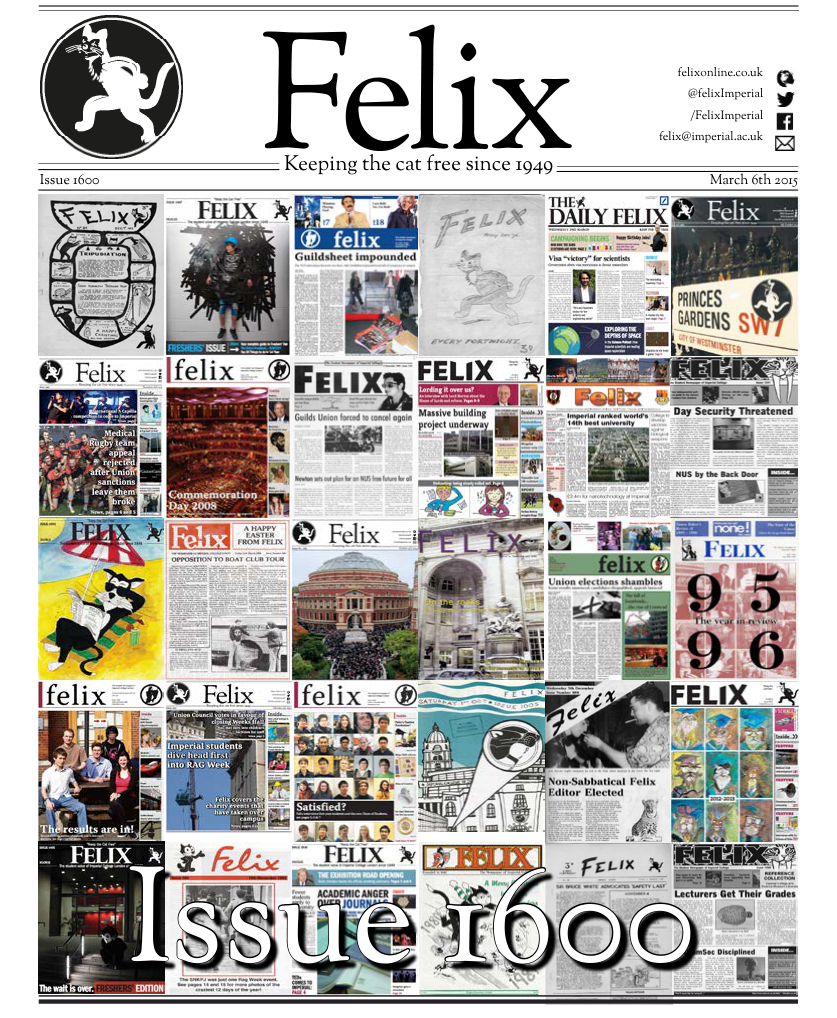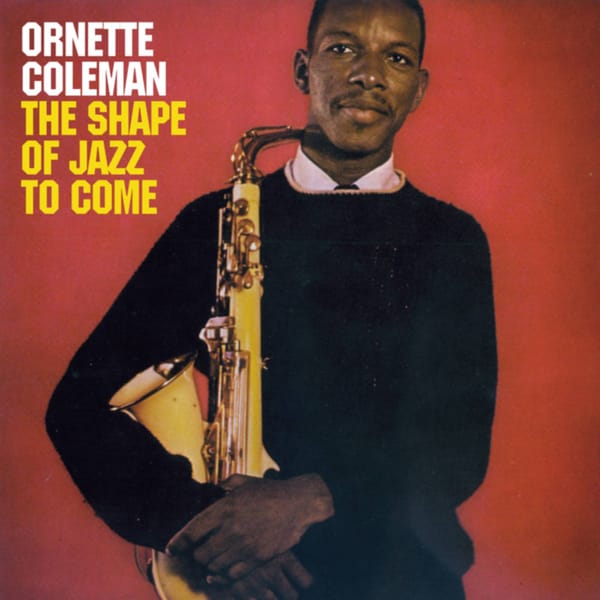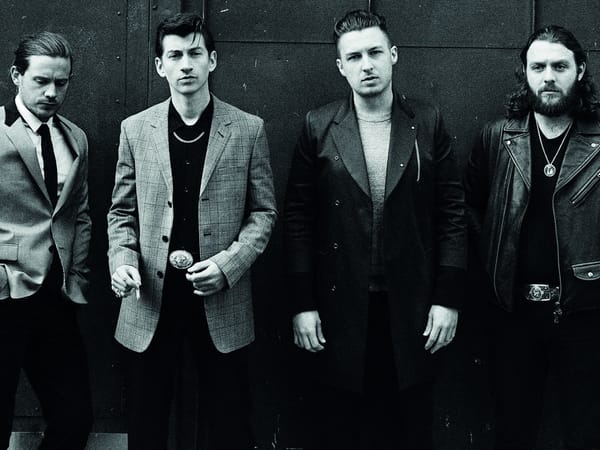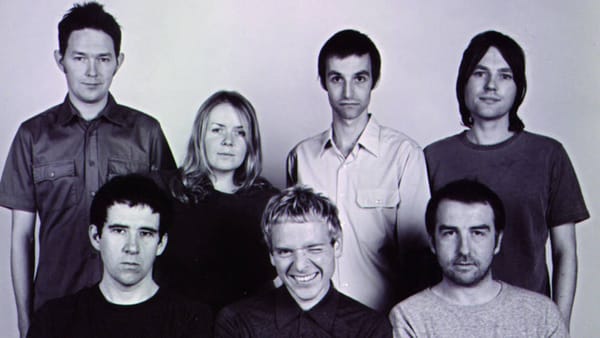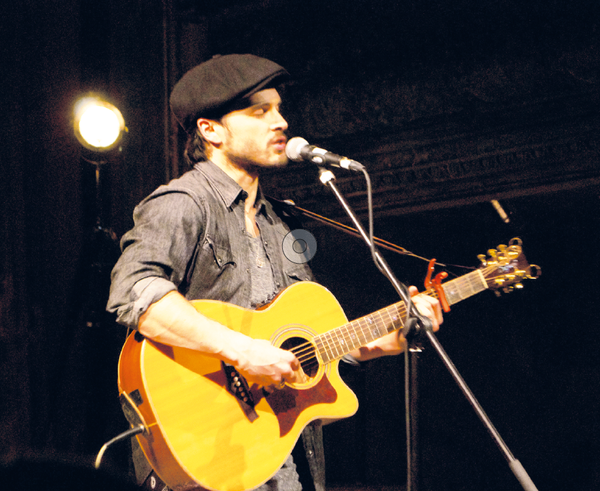Hitting The Right Notes: ICSO at Cadogan Hall
Kamil McClelland reviews the Symphony Orchestra’s Spring Concert
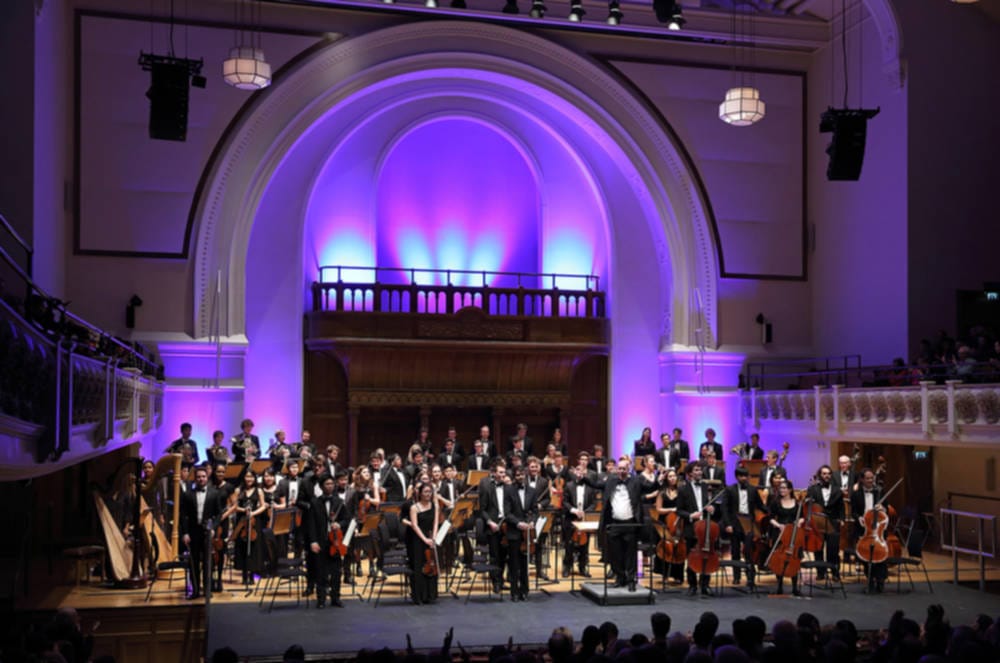
Tonight was a first in two respects; not only was it my first time attending a concert in the gorgeous Cadogan Hall but it was also in fact the first ever time I had seen the Imperial College Symphony Orchestra (ICSO) perform. And so, as you can imagine I was suitably excited.
This was their Spring Concert, a celebration of a term of hard work and careful planning. For our enjoyment they were performing Gershwin’s ‘An American in Paris’; Mozart’s ‘Piano Concerto in D Minor’; ‘In the Steppes of Central Asia’ by Borodin; and finally the incendiary ‘Firebird Suite’ by Stravinsky. It was a crammed and very varied schedule, designed to illustrate the broad range of the orchestra’s repertoire. I was also eager to see Martin James Bartlett, an 18-year-old pianist and winner of the BBC ‘Young Musician’ Award in 2014, about whom I had heard great things, perform alongside the orchestra on the Mozart concerto.
Expectations were running high as the orchestra took their place on the stage in front of me.
And so, we dived straight into Gershwin’s classic, a symphonic poem laced with generous helpings of jazz melody. He described it as “the impression of an American visitor in Paris”, simultaneously absorbing the atmosphere of the French capital in the 1920s and a “spasm of homesickness” in the form of syncopated rhythms based around the twelve-bar blues format. It truly is a beautiful tune, full of the excitement and dynamism of the Roaring ‘20s, done justice by this impassioned orchestra. How lucky we are to have such a talented group of musicians on our doorstep!
To criticise them, I have to hold them to the highest of standards — perhaps they did not flow as well as a truly integrated orchestra might, unable to fully embody the dreamy state of the piece, the vivid whirlwind of sights and sounds every person experiences when they visit such an exciting city. I wasn’t completely transported away to this foreign land though not for a lack of effort; the singing strings did a particularly excellent job manipulating my emotions every which way. The problems lay mainly in a lack of time and dynamic manipulation, but then I am picking at the smallest of holes.
How lucky we are to have such a talented group of musicians on our doorstep!
However, as Gershwin himself admits, “it’s not a Beethoven Symphony, you know” but instead a “light, jolly piece”. Can this piece ever be more than that, merely a pleasant collection of notes, a musical in the world of operas? Thus, as we went next to Mozart’s piano concerto, an incongruous pairing for certain, I wondered how this selection of pieces, a complete mess of genres and emotions with no clear overarching theme, was chosen. You do not experience music as a singularity, it is all about context. Hence, by placing all of these pieces together, I felt I was not able to truly witness their depth of emotion – a real shame.
Next we were transported back to 18th Century Vienna, and Mozart’s ‘Piano Concerto in D Minor’, a considerably darker piece than Gershwin’s jolly little number. The fearsome strings build up to a forte along with the rest of the orchestra, powerful in their presence on stage.
Then the young virtuoso Bartlett takes the lead, with the orchestra in accompaniment – a tremendous pianist with a deft touch on the keys effortlessly glinting beneath his fingers. He certainly doesn’t lack charisma; you can read the emotion in his face and body language as well as in his music. This showman style of solo piano playing is not one I particularly like – perhaps his masterclass with Lang Lang rubbed off a bit too much – however, you cannot deny his skill.
The piece is incredibly lyrical, taking us on a journey from the sombre to the joyous, with ascending arpeggios vaulting up from the instruments into the music hall. Having said that, it is not my favourite piece; sometimes boring, often repetitive, at least it was performed well.
The brute force of the percussion and brass gave it real punch when it was most required.
The interval came and went in no time at all, and as I made my way back to my seat I readied myself for a short but sweet trip across the serene grasslands of Central Asia. Borodin’s symphonic poem tells a simple but elegant story: that of a trading caravan of horses and camels crossing the vast emptiness accompanied by Russian soldiers. This manifests itself as a complex blend of Western and Eastern melodies, an amalgam of a gentle Russian tune with “bizarre and melancholy notes of an oriental melody”. And through this all is the continuity of the desert winds and the trudging of pack animals. It is a truly beautiful story, requiring respectful and vivid playing.
This was generally well done, with beautifully flowing strings and flute, serene and peaceful. However, in parts it did not feel suitably delicate, as if the players did not have in their minds the specific vision of the piece, resulting in parts being too coarse or loud.
And finally, the pièce de résistance: ‘The Firebird’ Suite by Stravinsky. This is the score that catapulted Stravinsky into the limelight and represented the start of his very fruitful partnership with ballet patron Sergei Diaghilev which led to the production of ‘Petrushka’ and ‘The Rite of Spring’. Thus the piece’s significance cannot be underplayed, with Diaghilev even saying of the young composer that he was “a man on the eve of celebrity”. And you can fully understand why this was said of him on the debut of its performance in 1910 for the Ballets Russes company in Paris. It is absolute genius.
It was by far the most interesting piece of the night. Emerging out of the rich murkiness of the cellos and double basses like a primordial sludge, you are enraptured by Stravinsky’s imagination, truly the pinnacle of early 20th Century art. It was also the best played of the night; the brute force of the percussion and brass gave it real punch when it was most required, simultaneously as the harps rushed back and forth across the soundscape, a marvellous experience to behold.
What a way to end it! Does anything compare to modern works like this? Why ICSO insists on including the likes of Mozart in their lineup when they could have a whole night of 20th Century works I do not know. But it was a wonderful night overall and I would thoroughly recommend anyone to attend ICSO’s future performances, provided they can create better cohesion with their choice of repertoire.

